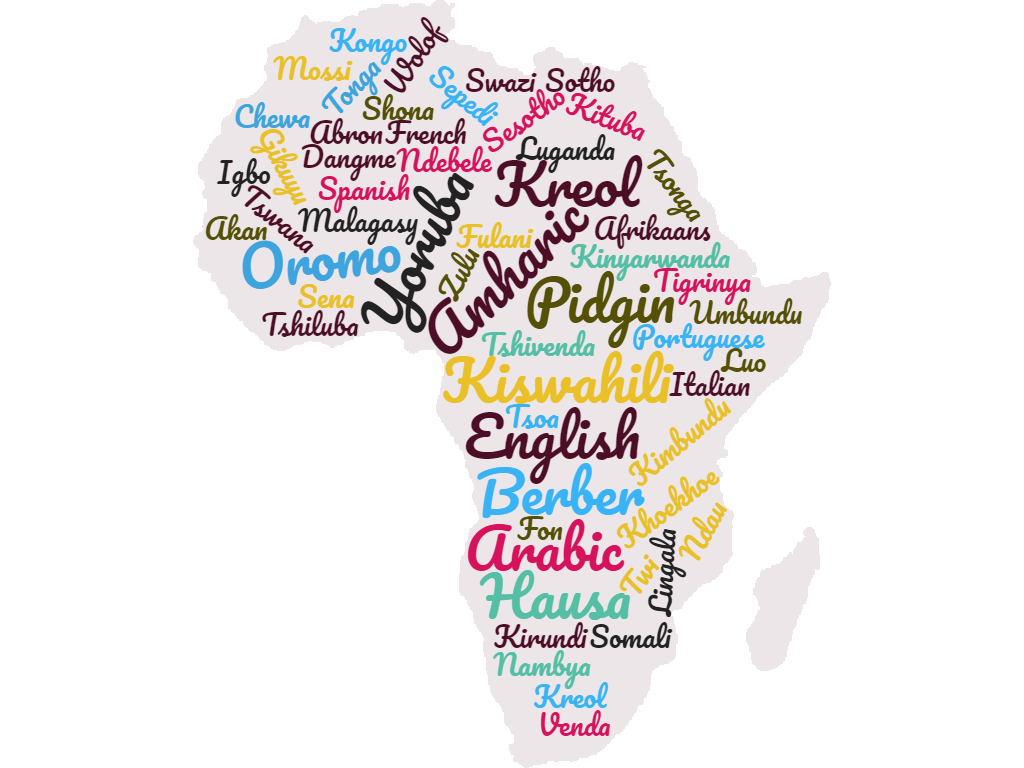Africa is home to over 3,000 indigenous languages, with at least 12% at risk of extinction in the coming years. The continent’s vibrant oral tradition means that the loss of these languages would also erase significant aspects of culture, history and heritage.
Recognising this urgent issue, linguists and governments have taken steps to address it. However, traditional tracking and documentation efforts have faced challenges. Now, with the rise of artificial intelligence (AI), new technological solutions are offering hope for language preservation.
Universities in Nigeria, such as the University of Benin and the University of Ibadan, are actively integrating AI into their language preservation efforts. In August, the University of Benin began implementing a memorandum of understanding with the OpenBinancle group to conduct AI research focused on preserving Nigerian indigenous languages.
“The research activities will encompass a wide range of AI applications, including machine translation, machine learning, generative AI, natural language processing (NLP), deep learning, and linguistics,” read a statement from the university’s public relations office.
These initiatives aim not only to preserve African languages but also to ensure their proper representation in digital and AI-driven spaces. One organisation leading this charge is the Masakhane Project.
Masakhane describes itself as a “grassroots organisation whose mission is to strengthen and spur NLP research in African languages, for Africans, by Africans.”
With contributions from over 100 researchers and linguists, the project has developed open-source translation models for more than 30 underrepresented African languages.
Their collaborative efforts span multiple countries, reflecting a growing movement toward technological solutions for language preservation.
Despite these promising advancements, significant challenges remain. Many African languages lack sufficient digital text for AI to learn from, leading to algorithmic biases and inaccuracies. Without continuous data updates and active community involvement, AI tools risk misrepresenting or oversimplifying the complexity of African languages.
Ensuring accuracy and inclusivity in AI-driven language models requires ongoing collaboration and investment.
Future Prospects
Governments are increasingly recognising the importance of AI in language preservation. Nigeria, for instance, launched its first multilingual large language model (LLM) last year, underscoring its commitment to AI-driven linguistic preservation.
Such initiatives highlight the prioritisation of AI and data collection as essential tools for safeguarding linguistic heritage.
The role of AI in preserving Africa’s linguistic diversity remains promising—but its success hinges on a broader, inclusive strategy and sustained collaboration between technologists, educators and policymakers.
Africa is home to over 3,000 indigenous languages, with 12% at risk of extinction, threatening crucial elements of culture and history. To address this, linguists and governments are employing artificial intelligence (AI) for language preservation. Universities in Nigeria, like the University of Benin and the University of Ibadan, are incorporating AI into their efforts by conducting research in machine translation, machine learning, and natural language processing, among others.
The Masakhane Project, a grassroots organization, is leading this initiative with over 100 researchers and linguists. It has developed open-source translation models for more than 30 underrepresented African languages across several countries. However, challenges persist due to limited digital text, leading to algorithmic biases and inaccuracies, necessitating continuous data updates and community involvement to ensure accurate and inclusive AI-driven language models.
Governments, recognizing AI's role in language preservation, are launching initiatives, with Nigeria having introduced its first multilingual large language model. This demonstrates the commitment to using AI for safeguarding linguistic heritage, with the success of these efforts dependent on inclusive strategies and sustained collaboration among technologists, educators, and policymakers.






